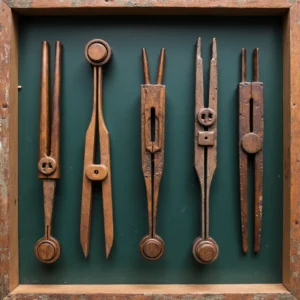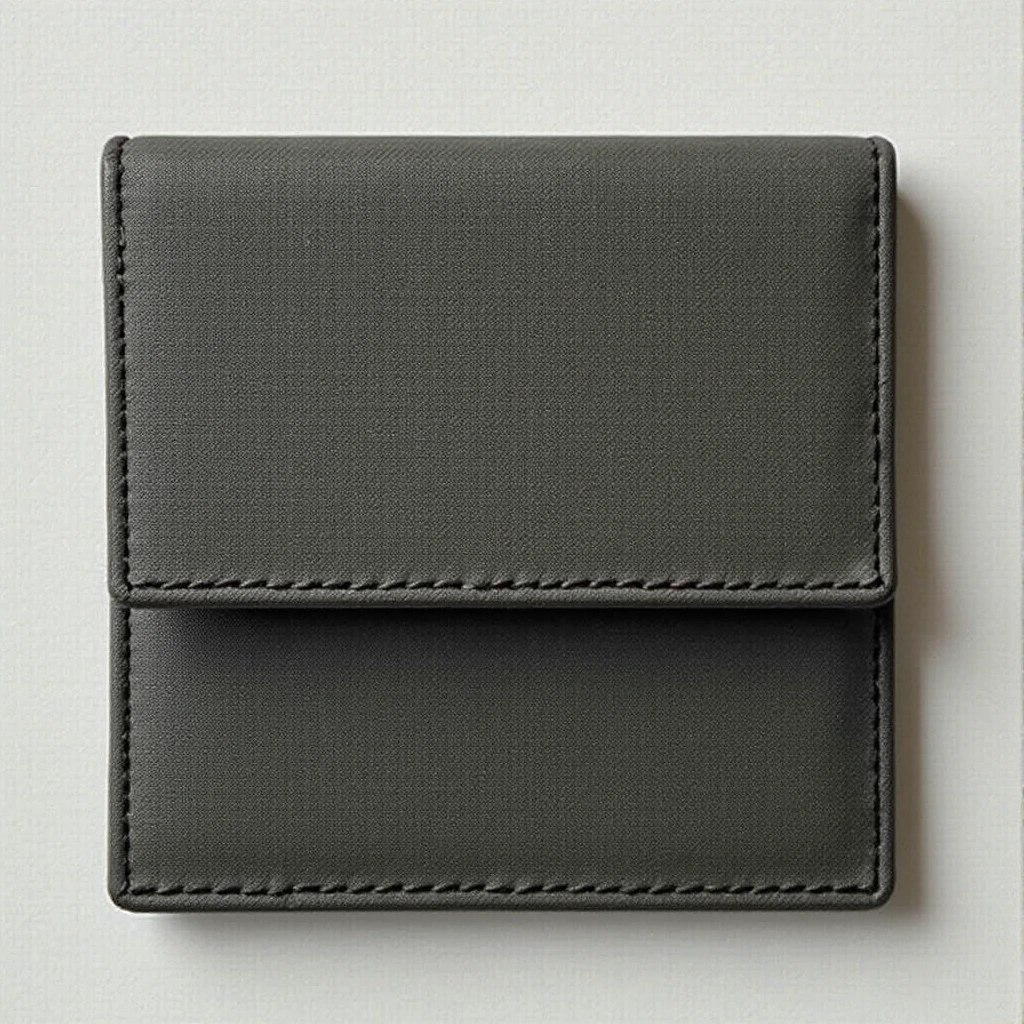In an era where digital technology dominates nearly every aspect of our lives, there is a growing fascination with the tactile, tangible tools that shaped the world before the rise of computers and automation. Among these, the vintage compass drawing set stands out as a cherished relic, a symbol of precision craftsmanship and the art of meticulous design. These sets, once the cornerstone of technical drawing and drafting, highlight the enduring legacy of manual skills in engineering, architecture, and artistry.
The Evolution of Drafting Tools: From Antiquity to Modern Times
The history of drafting tools can be traced back to ancient civilizations that relied on precise measurements to create architectural wonders. The use of compasses and dividers dates back to ancient Egypt and Greece, where mathematicians and engineers developed techniques to create geometric forms with precision. As technology evolved, so did the tools, leading to the finely crafted instruments of the 19th and early 20th centuries that became essential for professionals in various fields.
These drafting tools were particularly valuable in the era before computer-aided design (CAD) software. Architects, cartographers, and engineers relied on them to produce intricate plans, blueprints, and artistic sketches with the highest level of accuracy. Despite the rise of digital tools, there remains an undeniable charm and utility in these classic instruments.
The Anatomy of a Vintage Compass Drawing Set
A traditional compass drawing set is a carefully curated collection of tools designed to aid in precision drawing. A typical set includes:
- Compass: Used for drawing circles and arcs with consistent accuracy.
- Dividers: Essential for measuring distances between points on drawings or maps.
- Ruling Pen: A tool for fine ink work, commonly used in architectural drafting.
- Protractor: Used for measuring and creating precise angles.
- Extension Bar: An accessory that extends the reach of the compass for drawing larger circles.
These tools were often housed in elegant wooden or metal cases, sometimes lined with velvet or leather for added sophistication. Crafted from high-quality materials such as brass, steel, and silver, they were built to last a lifetime, often passed down through generations of professionals.
The Craftsmanship Behind the Tools

The true beauty of vintage drafting sets lies in the craftsmanship that went into their design. Manufacturers took great pride in producing instruments that were not only functional but also aesthetically pleasing. The handles of compasses and dividers were often engraved with intricate patterns, and the metal components were polished to a fine sheen. Some high-end sets even featured gold or silver plating, making them prized possessions for professionals and collectors alike.
The level of precision in these tools ensured that draftsmen and artists could achieve highly accurate results. Unlike today’s disposable plastic tools, these vintage instruments were made with longevity in mind, reflecting a time when quality was valued over mass production.
Using a Vintage Compass Drawing Set: A Connection to the Past
Engaging with a vintage compass drawing set is more than just a practical exercise—it is an immersive experience that connects the user with the traditions of craftsmanship and manual skill. Unlike modern digital tools that offer instant solutions, working with a compass set requires patience, steady hands, and an understanding of geometric principles.
The process of drawing by hand also fosters a deeper connection with the creative process. Artists and architects who use these tools often describe a greater sense of satisfaction in their work compared to digital drawing methods. The tactile nature of handling a well-crafted instrument, adjusting its settings, and seeing precise lines emerge on paper is a rewarding experience that no computer can replicate.
The Collector’s Appeal: More Than Just Tools
For collectors and enthusiasts, vintage compass drawing sets are much more than functional tools—they are historical artifacts that tell a story. Owning a well-preserved drafting set is like owning a piece of history, a tangible connection to an era when manual precision was paramount.
Many collectors seek out rare or unique sets, particularly those produced by renowned manufacturers. Some highly coveted brands include Keuffel & Esser, Staedtler, and Dietzgen, which were known for their superior quality and innovative designs. A well-maintained set can fetch a high price in antique markets, especially if it comes with original packaging and accessories.
Beyond monetary value, these sets hold sentimental significance for many collectors. Engineers and architects who once relied on these tools often keep them as cherished mementos of their professional journeys. They serve as a reminder of the meticulous craftsmanship that defined their trade before the digital revolution.
A Testament to Enduring Craftsmanship
In today’s fast-paced, technology-driven world, the vintage compass drawing set stands as a testament to the enduring beauty of manual craftsmanship. It highlights the importance of slowing down, focusing on precision, and taking pride in the work done by hand. While digital design tools offer convenience and efficiency, they cannot replicate the tangible experience of creating with a well-made compass and ruler.
These drafting tools remind us that true craftsmanship requires patience and skill. They encourage a thoughtful approach to design and serve as an inspiration for modern creators who appreciate the art of precision. Whether displayed in a collection or actively used in design work, vintage compass sets continue to inspire generations of artists, engineers, and designers.
Preserving the Legacy: The Future of Traditional Drafting Tools
Despite the prevalence of digital technology, there is a growing movement to preserve and revive traditional drafting methods. Some artists and architects incorporate hand-drawing techniques into their work, recognizing the unique qualities that manual drafting brings to the creative process. Educational institutions and design studios are also reintroducing hand-drawing exercises to help students develop a stronger foundation in spatial reasoning and artistic expression.
Collectors and historians play a crucial role in preserving these tools for future generations. By maintaining and restoring vintage compass sets, they ensure that these beautiful instruments remain appreciated and functional. Online communities dedicated to drafting and engineering history continue to share knowledge about these tools, fostering a renewed interest in their craftsmanship and use.
Final Thoughts: The Enduring Value of Precision Instruments
The vintage compass drawing set is far more than an outdated tool—it is a symbol of human ingenuity, artistic precision, and meticulous craftsmanship. In an age where digital convenience often overshadows manual skills, these sets remind us of the value of hands-on creation. They celebrate the intersection of art and science, showcasing how design and engineering were once deeply rooted in skill and patience.
Whether you are a professional, a collector, or simply an admirer of historical craftsmanship, the vintage compass drawing set offers a glimpse into a time when quality and attention to detail defined the tools of the trade. As long as there are those who appreciate the beauty of manual precision, these timeless instruments will continue to hold a place of honor in both practical use and historical collections.

